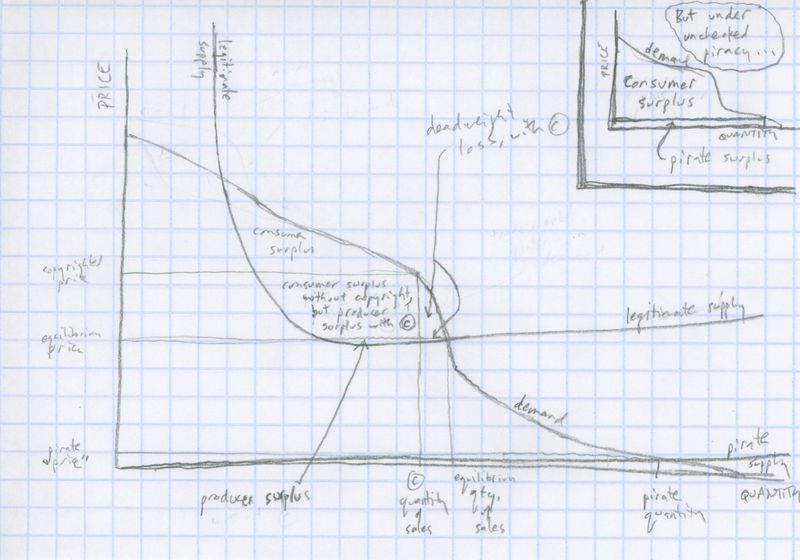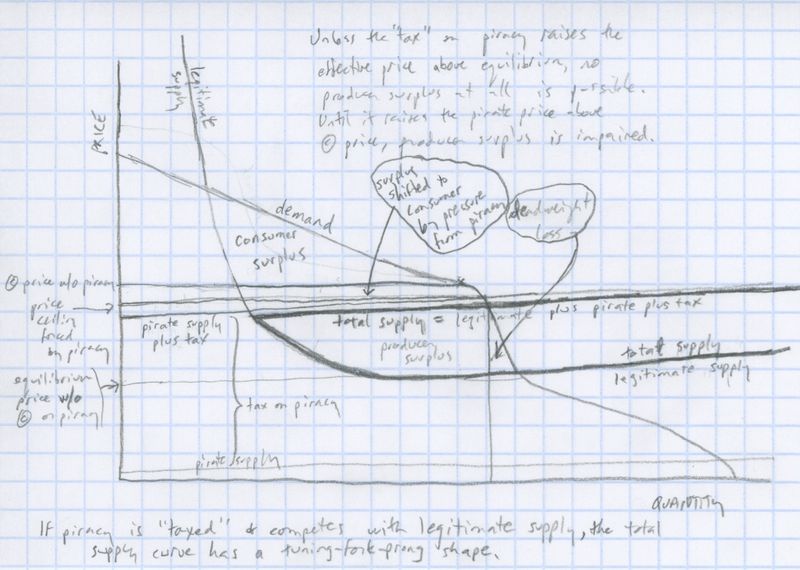One morning not long ago, in our extremely slow progress through the Oxford Book of English Verse, Peter and I read Robert Herrick's poem "Upon Julia's Clothes." Herrick was a bit of a sensualist. He was fond of what he called, in another poem, "a sweet disorder in the dress." Women's dress, anyway. Julia's clothes came in for praise on account of the liberty of movement that they allowed to her:
When as in silks my Julia goes,
Then, then (me thinks) how sweetly flowes
That liquefaction of her clothes.
The poetic effect here seems consolidated, as it were, in the word liquefaction: a verb turned into a noun, unfetteredness captured. In the second stanza Herrick really lets loose:
Next, when I cast mine eyes and see
That brave Vibration each way free;
O how that glittering taketh me!
Peter and I read this innocently, ignorantly. It seemed a little puzzling. What's Herrick casting his eyes on, exactly? "That brave Vibration each way free." The word each seemed odd. An each usually implies at least one other. So the vibration must have been free in more than one direction. Or maybe more than one object was vibrating. Wait—is he talking about her breasts?
I thought, Oh, this is going to be one of those interpretive cruxes that can only be resolved by reading a biography and the collected works. But, um, no, actually. All I had to do was pull my venerable Norton Anthology of English Literature off the shelf. It turns out that Herrick was wild about Julia's knockers. In "Upon the Nipples of Julia's Breast," for example, he likened her areolae to "a red rose peeping through a white" and "a strawberry . . . half drowned in cream." In another poem, which I found a little later in a nineteenth-century edition (and which I could have found quicker in Google), Herrick commands:
Display thy breasts, my Julia, there let me
Behold that circummortal purity
Circummortal seems to have been a coinage of Herrick's own, and the nineteenth-century editor speculates that it might have meant "superhuman" or "fatally dazzling." But, you know, maybe it was just a fancy way of saying "round."


